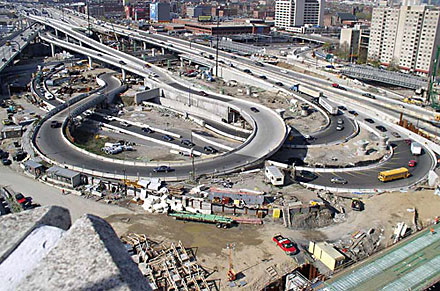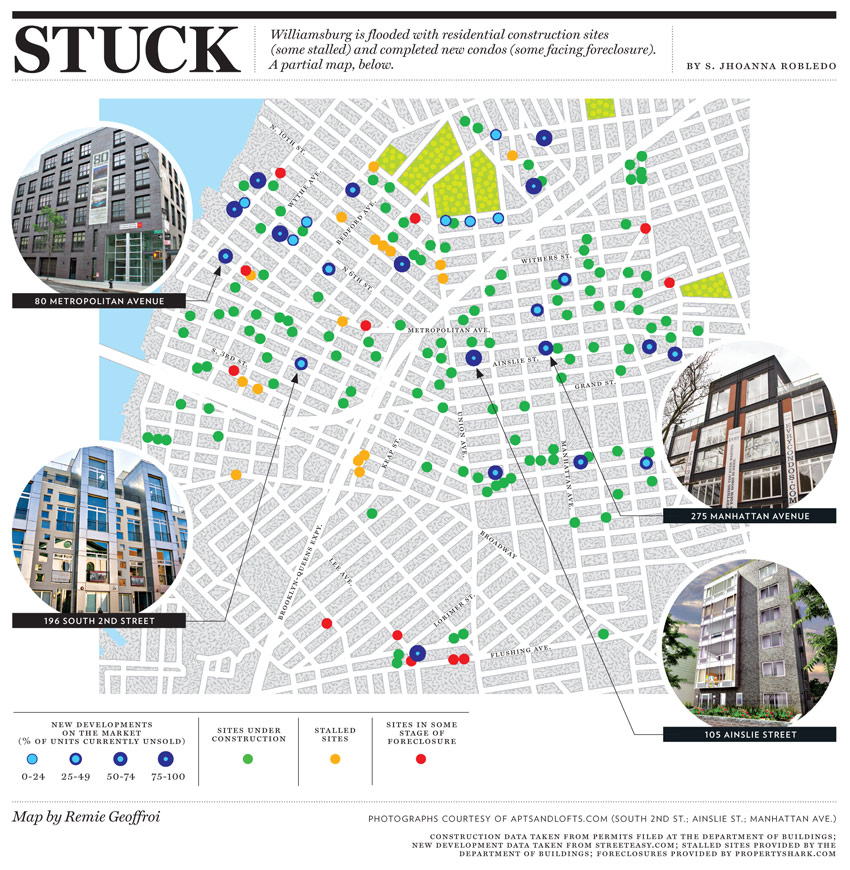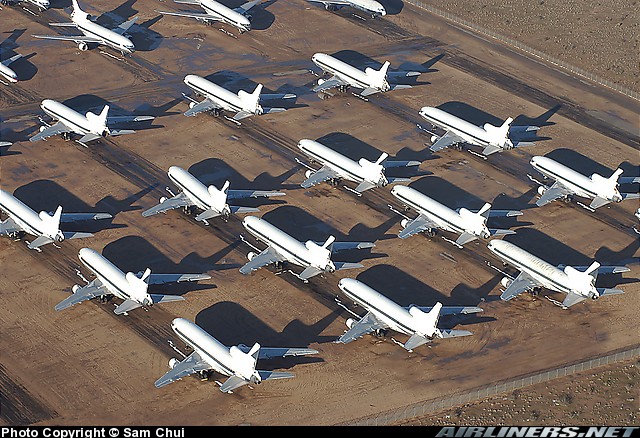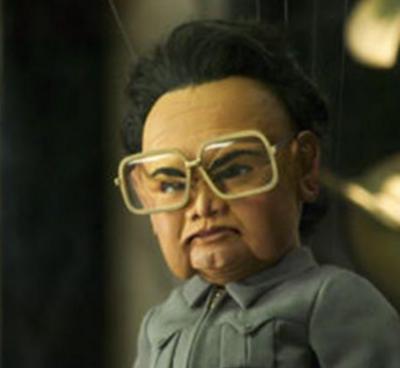
Went for a ride through the Central Artery Tunnel at 10:30 pm on Sunday night, and – as usual – the road was down to just one lane. Several police cars, a few parked construction vehicles, and two workmen standing next to an idle machine that comrade E. assures me is a concrete cutter. I actually can’t recall driving through Boston after 10pm on any night of the week without having the Central Artery either reduced to one lane or closed completely. The maze of on-ramp closures and diversions has, on occasion, been severe enough that I’ve unintentionally ended up in East Boston.
How much does it cost to have a highway that stays open all night long?
How much does it cost to build an integrated urban transit system that actually makes sense? In 1990, the Commonwealth committed to doing things like building the Green Line out to Medford, building the Blue Line out to Lynn, adding walking paths and bicycle trails, and restoring commuter rail service to the southern burbs on the Greenbush Line. If you follow the money, you can guess which ONE of these options has actually come to pass (yes, the Greenbush Line — probably the least useful in terms of passenger-miles, but the most vociferously demanded by relatively wealthier suburbanites).
Another proposal that was prominent throughout the planning stages of the Big Dig related to passenger rail service. Currently, all the rail lines into Boston terminate either at North Station or at South Station. The two stations are about a mile apart, and there is NO direct transit link between them – Amtrak advises passengers with luggage to take a taxi, although they could also walk down to the Red Line platform, and board a Red Line train to Downtown Crossing, then walk up and over and down again to the Orange Line platform and ride the Orange Line to North Station, and then go up two levels and into North Station itself to board their continuing train.
The Big Dig entailed digging a huge tunnel in which to bury the Central Artery highway…eight lanes of traffic underneath downtown Boston, stretching from… yes, you know this by now… North Station to South Station.
People with an ounce of fucking common sense insisted that the planners include a provision for TRAIN TRACKS in the tunnels that would be built from NORTH STATION TO SOUTH STATION.
What happened? Here’s an excerpt from a Boston Globe article from 1994:
Calling a proposed rail link between North and South Stations too expensive, a panel of transportation specialists yesterday threw cold water on a Weld administration plan cherished by supporters as a way to help solve Boston’s vehicular chaos.
The final report of the three-day “Boston Conference: Shaping the Accessible Region,” held last April and May, said alternatives should be sought for the $2 billion to $4 billion link designed to unite Boston’s communter rail systems.
In the report the panel endorsed development of the 14-mile route known as the Urban Ring.
So… in 1994 the Commonwealth killed the idea of linking North and South stations via rail because it would have added $2 billion to the cost of the project.
Fast-forward fifteen years: the Globe estimates that taxpayers will have spent over $22 BILLION on the Big Dig, including debt payments… and that 73% of those costs are borne by Massachusetts alone.
For what it’s worth, the original project estimate was $2.6 billion.








